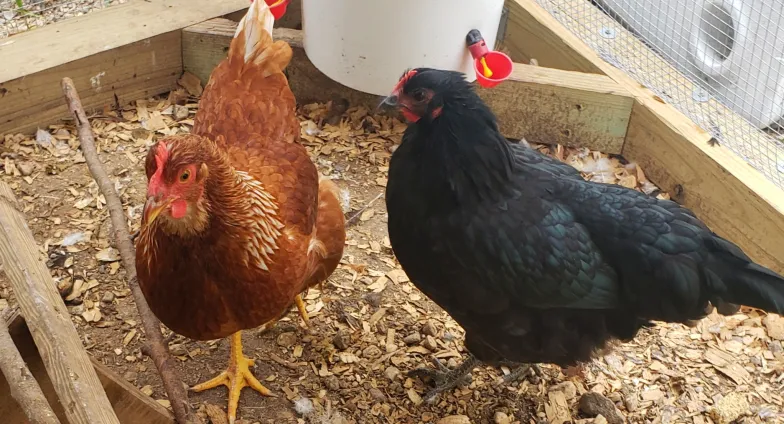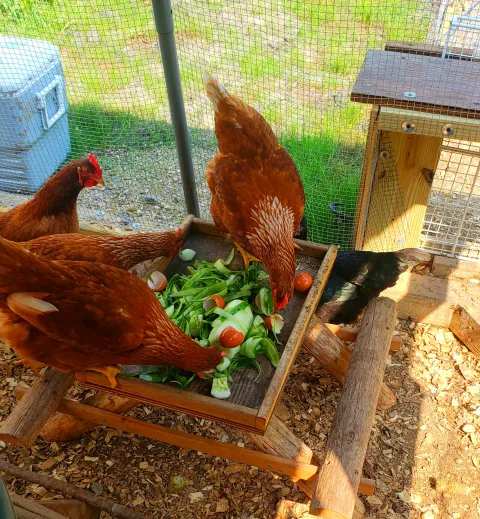Procedures for Wild Birds
The primary carriers of avian influenza A are waterfowl, gulls, terns and shorebirds. Avoid direct contact with wild birds and observe them only from a distance. Wild birds can be infected without showing symptoms of the infection.
- The Center for Disease Control and Prevention (CDC) currently believes that the public health risk from the current HPAI outbreak is low. They advise avoiding direct contact with sick or dead wild birds. Individuals should also avoid transporting sick or dead birds.
- Do not handle dead wild birds. Avian influenza surveillance and testing in wild birds is being done by USDA APHIS Wildlife Services and North Dakota Department of Game and Fish.
- Please report wild sick and dead birds at https://gf.nd.gov/wildlife/diseases/mortality-report. Wild bird avian influenza questions can be directed to 701-204-2161.
- Reduce the attractiveness for wild birds to stop at your place by cleaning up litter and spilled feed around your domestic poultry housing.
When should you move wild bird carcasses?
While handling and transporting carcasses is not advised, there may be some cases where it is required to minimize transmission of HPAI and continue normal activities. This would be especially true to limit contact with domestic poultry, or if fields need to be worked in preparation for planting, etc.
Handling
According to the CDC: “If you must handle wild birds or sick or dead poultry, minimize direct contact by wearing gloves and wash your hands with soap and water after touching birds. If available, wear respiratory protection such as a medical facemask. Change your clothing before contact with healthy domestic poultry and birds after handling wild birds, and discard the gloves and facemask, disinfect footwear, and then wash your hands with soap and water.”
Disposal
It is critical that carcasses are disposed of properly to reduce the risk for transmission to domestic flocks and other wildlife. Numerous cases of mortality in eagles, hawks and owls have occurred as a result of scavenging on dead bird carcasses. For this reason, moving carcasses to new areas and discarding them on the landscape should be avoided, as this may unintentionally contribute to more cases.
Acceptable disposal options for wild bird carcasses include:
- Move carcasses to the edge of the field.
- Burial is acceptable for small numbers of birds. Be sure to bury carcasses four feet above the water table with four feet of cover. If possible bury birds in clay soils.
- Burn carcasses. Be sure to check if you are under a burn ban prior to burning,
- Dispose at an approved municipal solid waste landfill. Please contact the landfill to determine disposal protocols.
More information about wild birds can be found at North Dakota Game and Fish or the U.S. Department of Agriculture.


